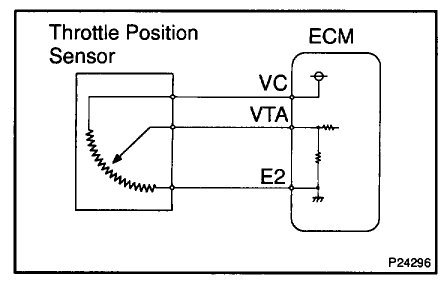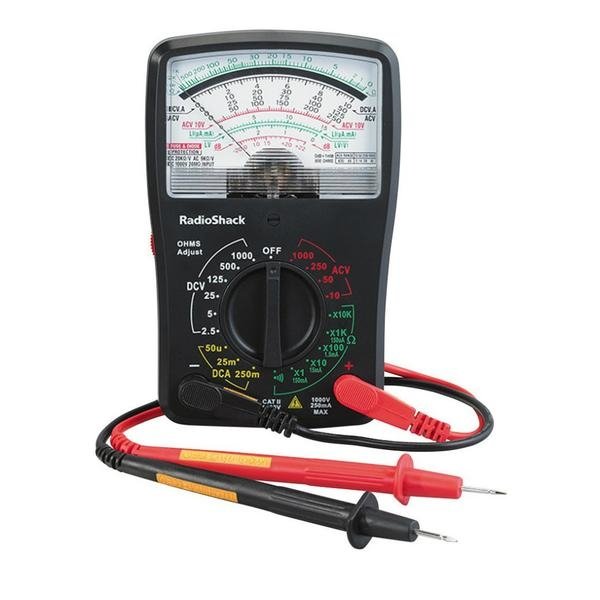The sweep test is looking for a constant circuit AND that the resistance change from closed to open throttle is smooth and constant.
The outer pins are connected to each end of the resistor. The center pin wipes across that.
The reading you get depends on how the TPS has failed.
On a graph a good sensor will have a constant slope across the sweep.
A bad one may have a break in the film and suddenly the graph will go open circuit, Or it will have a sudden change of voltage.
It may have spots where it is worn but not broken. On those there will still be a change but depending on the wear location you may see just a slight blip on the graph or scope or on an analog meter. BUT that blip could easily be fast enough that a digital meter won't update fast enough to catch it.
The black lead depends on which way you test. The way Paul was testing on the vehicle the black lead goes to ground.
Off the vehicle and doing a resistance check you would connect the lead to one of the outer pins. This test works the same way for many potentiometer type sensors, like a fuel level or light dimmer.
Saturday, October 21st, 2017 AT 10:31 PM





